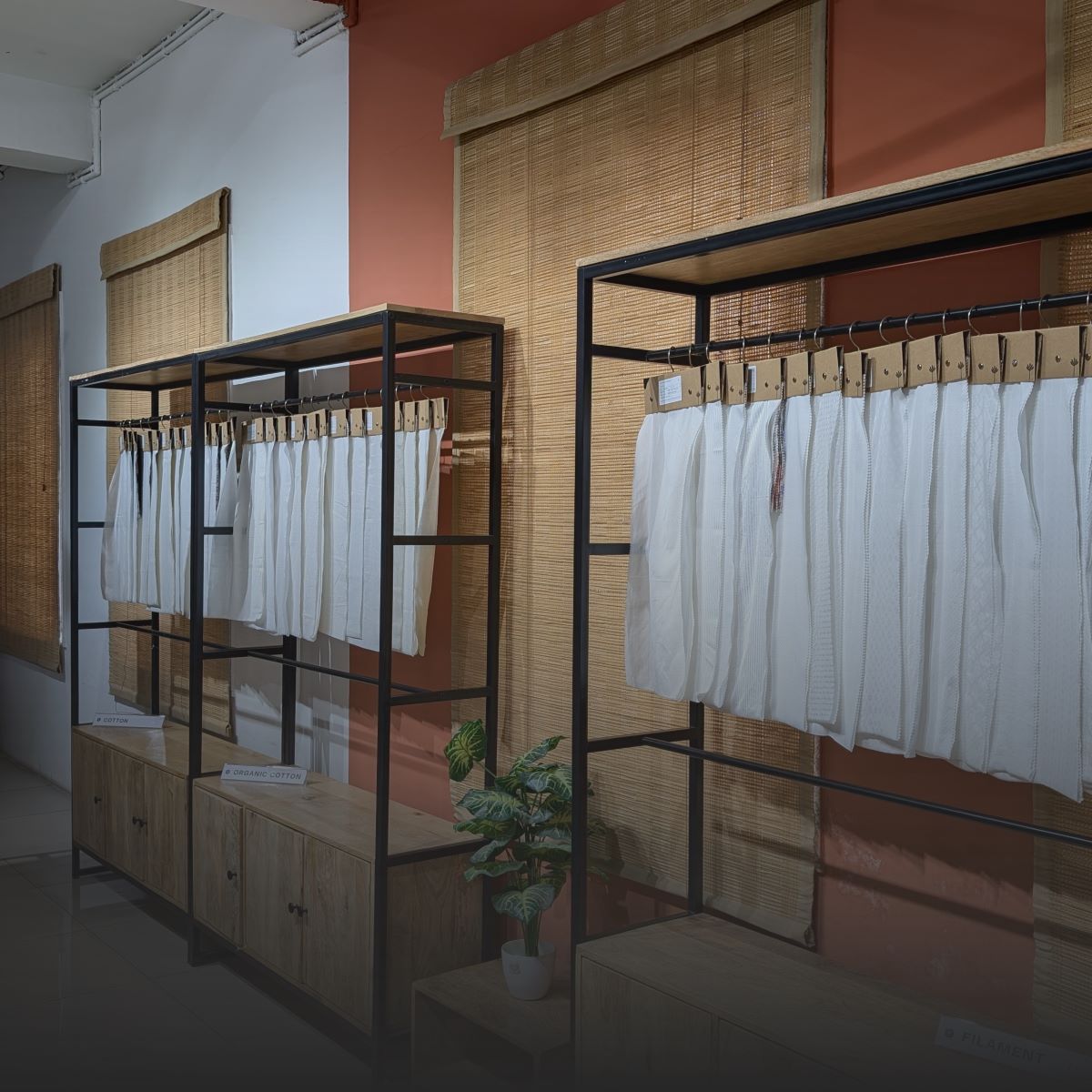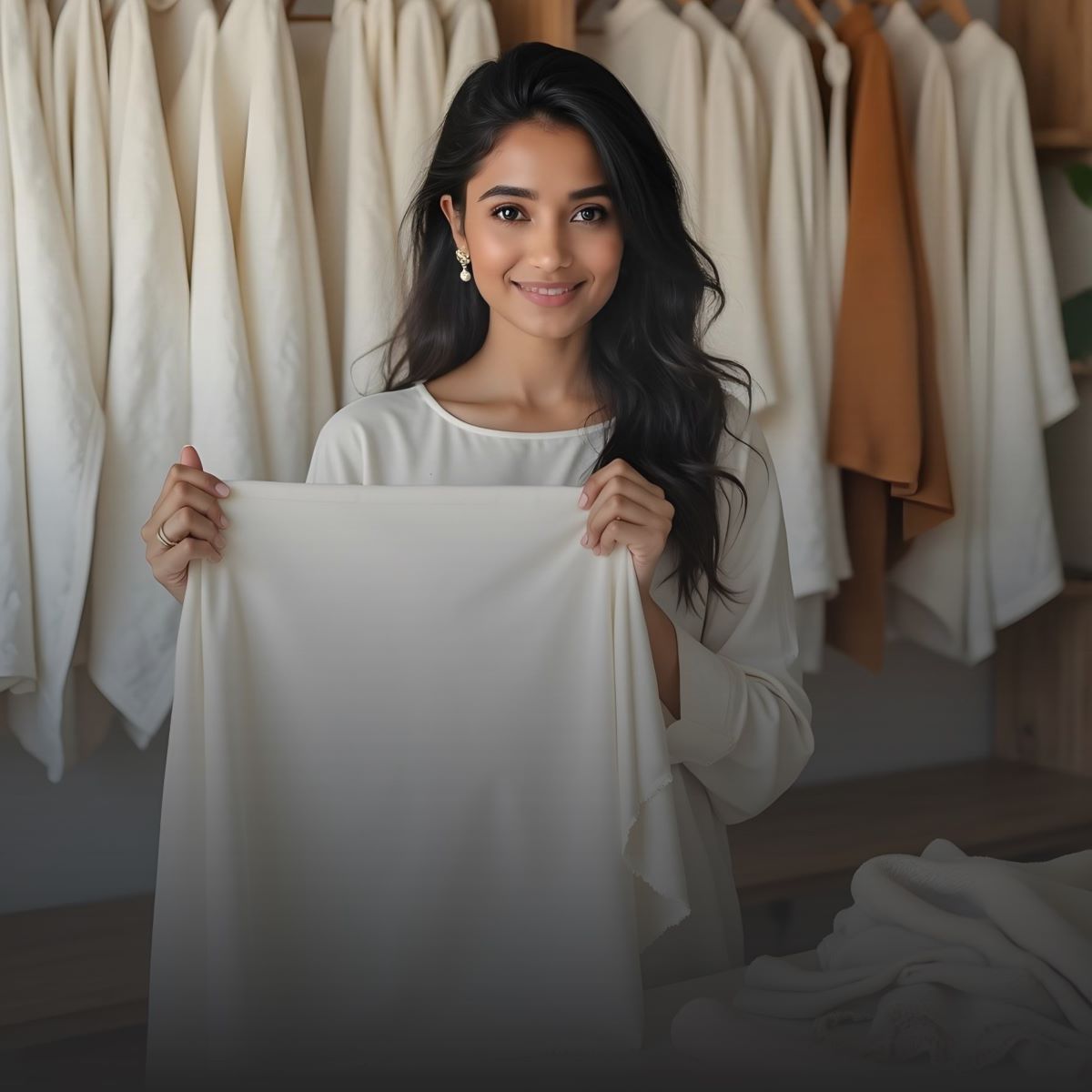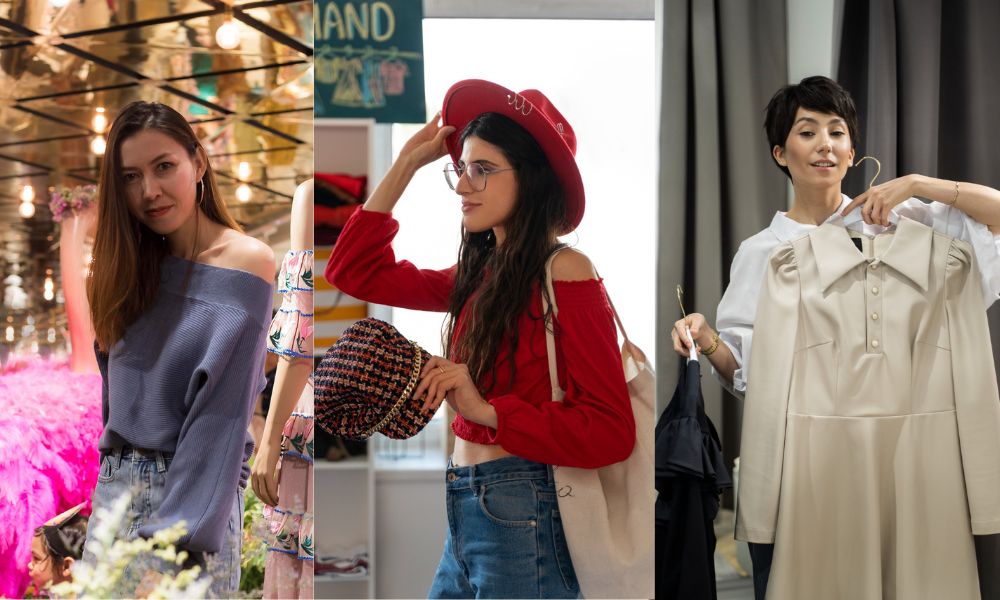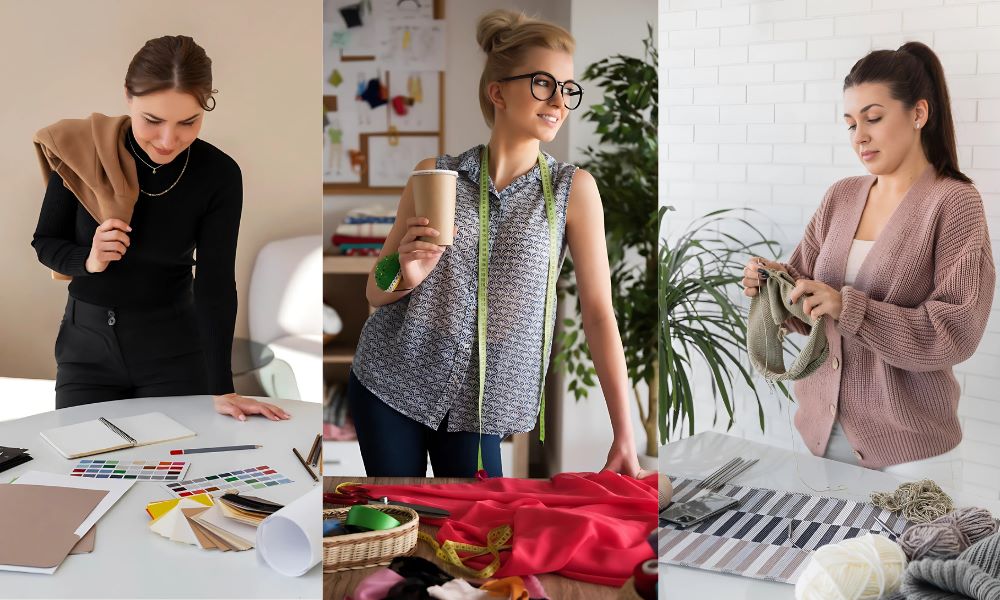Fabrics are no longer a part of clothing; they play a significant role in setting fashion trends around the world. From soft and flowy to bold and textured, fabrics help bring out the mood and message of any outfit. Today, the fashion industry considers fabrics for more than their feel. They also examine the appearance, movement and emotional connection of fabrics with people.
Fashion shows in cities like Paris, Milan, New York, London and Seoul all highlight how essential fabrics are in modern design. They show us what's new, what's popular and what's coming next.
In this blog, we will explore the top fabric trends globally. No matter if you are a designer, a small brand or a fashion lover, these trends will keep you inspired and in the loop. There are eco-friendly materials and high-tech fabrics that will captivate everyone.
You Can Also Read : New York : Global Center Of Fashion
The Evolution of Fabric Trends in Fashion

Modern designers look for fabrics that tell a story. They want materials that are soft, long-lasting, eco-friendly and unique in texture or look. This shift has made fabric an essential part of fashion design, not just a background detail.
Fashion weeks in cities like Paris, Milan, London, New York and Seoul show how fabric trends are evolving. From light and sheer materials to bold and structured ones, fabrics now lead the way in setting new fashion trends.
As fashion becomes more personal and global, the role of fabric continues to grow. It helps bring new ideas to life and connects styles from different parts of the world.
Top Fabric Trends in Global Fashion

Fabric trends are shaping the future of fashion across the world. Designers and brands today pick materials that are stylish, practical and meaningful. Let’s look at some of the top fabric trends that are making an impact around the globe.
1. Sustainable and Eco-Friendly Fabrics
With more people caring about the planet, sustainable fabrics are in high demand. Materials like organic cotton, hemp, bamboo, linen and Tencel are popular because they use fewer natural resources and are biodegradable. Recycled fabrics, such as recycled polyester and nylon, are also being used to reduce waste.
2. Textured and Natural Finishes
Fabrics with wrinkles, crinkles and woven textures are gaining popularity. Seersucker, crepe, crushed cotton and slub knits offer a relaxed, handmade feel that fits well with today’s focus on comfort and individuality.
3. Shiny and Metallic Fabrics
Shiny fabrics like satin, lame and metallic blends are popular again. They shine in the light and give a bold, modern look to party and evening clothes. Fashion shows in Milan and New York have used these bright fabrics in many outfits.
4. Smart and High-Performance Fabrics
With the rise of activewear and tech in fashion, smart fabrics are growing fast. These include moisture-wicking, UV-protective, stretchable and temperature-regulating materials used in both sportswear and daily wear.
5. Traditional and Handmade Textiles
Artisanal fabrics like handloom cotton, block prints, tie-dye and embroidery are being used to bring cultural richness into modern design. Brands around the world are blending heritage with contemporary styles.
Regional Influence on Fabric Trends

How countries like India, Korea, Europe and Africa are shaping fabric styles
Fabrics are not just materials used to make clothes. They tell stories, show culture and keep traditions alive. Today, many designers around the world are using fabrics from different regions to create new and exciting fashion.
India
India is known for its rich textile heritage. Fabrics like khadi, silk, cotton and block prints are still loved today. Designers use these traditional materials in modern outfits, bringing Indian culture into global fashion.
Korea
Korea mixes tradition with modern style. Designers often use soft, natural fabrics inspired by hanbok, the traditional Korean dress. Korean fashion is clean, simple and fresh and it is now gaining popularity worldwide.
Europe
European countries like France and Italy are famous for high-quality fabrics like lace, wool and linen. These materials are used in both everyday wear and luxury fashion. Designers here often blend tradition with new design ideas.
Africa
Africa is known for its colorful and bold fabrics like Ankara and Kente. These prints show the rich culture and stories of different African communities. Today, African textiles are used by designers across the world.
Tradition Meets Modern Style
As fashion becomes more global, designers are mixing traditional fabrics with modern designs. This helps keep cultural traditions alive while creating fresh new looks. These regional fabric styles are now a big part of global textile trends, making fashion more diverse and meaningful.
The Role of Technology in Forecasting Fabric Trends

Fashion is changing fast. Technology helps brands and designers keep up.
Here's how:
AI in Fabric Prediction
- AI studies past trends, sales data and online behavior.
- It finds patterns in colors, materials and styles.
- This helps brands guess what fabrics people may want next.
Digital Fabric Simulation
- Designers test fabric looks on a screen.
- They check the drape, shine and fit before making samples.
- This cuts waste and saves time.
Virtual Prototyping
- Complete outfits are designed digitally.
- Fabrics are changed and tested without sewing.
- Fewer samples mean less fabric use.
Why it matters
- You get faster results.
- You save costs on sampling.
- You make smarter fabric choices.
How Designers and Brands Are Adapting

Fashion leaders are not just following fabric trends. They're shaping them.
What top designers are doing
- Brands like Stella McCartney use plant-based fabrics like mushroom leather.
- Rahul Mishra blends handwoven Indian textiles with modern shapes.
- Marine Serre reuses old materials in new collections.
They pick fabrics that match their style and values.
Fast fashion vs. conscious fashion
- Fast fashion brands change fabrics quickly to follow short trends.
- This often leads to overproduction and fabric waste.
- Conscious brands take time. They choose materials carefully.
- They focus on quality, reuse and long-term impact.
What this means for you
- Look at how designers use fabric to stand out.
- Ask where your fabric comes from and how it's made.
- Choose materials that support your vision and your customer's values.
Tips for Choosing the Right Fabric Trend for Your Brand or Collection

Not every trend fits every brand. Pick fabrics that match your style and speak to your buyers.
Know your brand
- Are you bold or minimal?
- Do you focus on tradition, comfort or luxury?
- Your fabric should reflect that.
Think about your customer
- What do they care about—feel, price or sustainability?
- Are they looking for everyday wear or unique pieces?
- Choose fabrics that match their lifestyle.
Start small
- Test one new trend in a few pieces.
- Get feedback from customers before scaling.
Mix trends with timeless
- Use trending prints or colors on classic materials.
- Combine new textures with trusted silhouettes.
Conclusion
Fabric trends are changing fashion in many ways.
We see new materials like eco-friendly fabrics and smart textiles. Designers are using tech, mixing tradition with modern style and finding fresh ways to express their brand.
But not every trend fits every brand. The key is to choose what feels right for you and your customers.
Follow the trends, but keep your own style. That balance makes your work stand out.
For More Information : Wholesale Fabric Trends: What’s Hot in 2024?
We also happen to be a magnet for suggestions, and would love to catch yours….throw us yours on hello@fabriclore.com




